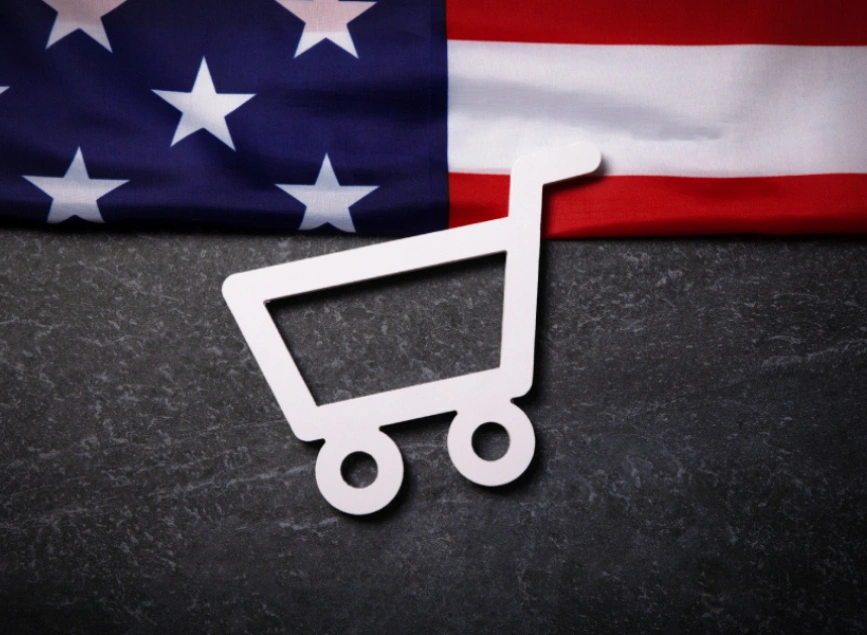
U.S. Retail Sales Decline 0.9% in January 2025
Retail sales in the U.S. fell 0.9% in January 2025, significantly worse than the forecasted 0.1% decline.
This drop follows a 0.7% increase in December 2024, signaling a sudden shift in consumer spending trends.
Which Sectors Experienced the Biggest Declines?
Sectors with the Largest Drops:
Sporting goods, entertainment, music, and bookstores: -4.6% (largest decline)
Motor vehicles and auto parts: -2.8%
Online retailers: -1.9%Furniture: -1.7%
Building materials and gardening: -1.3%
Clothing: -1.2%
Health and personal care: -0.3%
Food and beverages: -0.1%
Sectors That Grew:
Gas stations: +0.9%
Restaurants and cafés: +0.9%
General merchandise stores:+0.5%
Miscellaneous retailers: +0.2%
Key Insight: A Broader Economic Impact
Core retail sales—excluding food services, auto dealerships, building materials, and gasoline (a key metric for GDP calculation)—fell 0.8%.
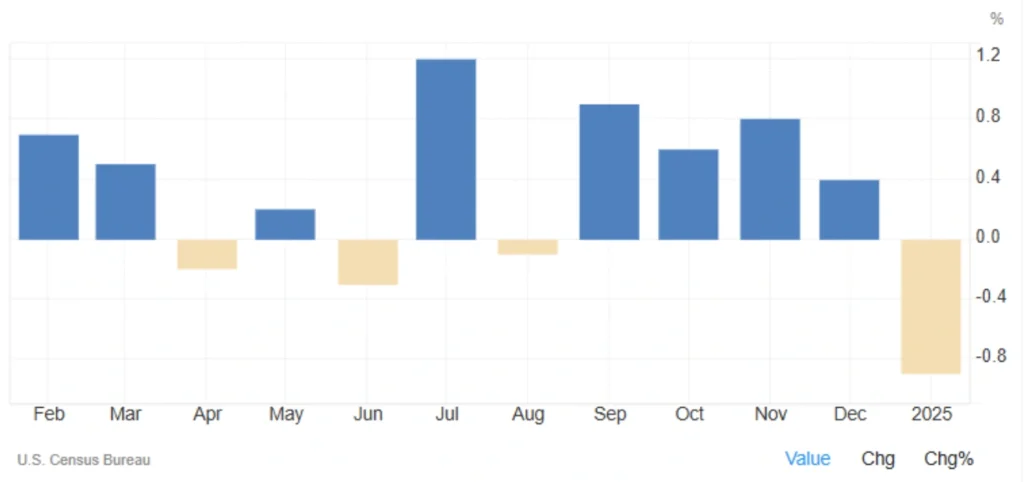
Understanding Retail Sales and Their Economic Impact
1. What Are Retail Sales?
Retail sales measure the total revenue generated by businesses selling goods and services to consumers. This is a key economic indicator that reflects consumer behavior and overall economic health.
2. Why Does a Decline in Retail Sales Matter?
Weaker Consumer Demand: A drop in this indicator could signal lower purchasing power and declining consumer confidence.
Impact on Economic Growth: Since consumer spending makes up a large portion of the U.S. GDP, declining retail sales could lead to slower growth.
Influence on Monetary Policy: If the decline continues, the Federal Reserve may consider expansionary measures, such as cutting interest rates, to stimulate the economy.
3. Factors That Influence Retail Sales
Factors That Can Decrease Retail Sales:
Higher Interest Rates: Makes loans and credit purchases more expensive.
Rising Inflation: Increases the cost of living, encouraging consumers to save rather than spend.
Economic Uncertainty: Worries about the future can make consumers more cautious.
Factors That Can Boost Retail Sales:
Lower Interest Rates: Reduces borrowing costs and encourages spending.
Rising Incomes: Increases consumers’ purchasing power.
Higher Consumer Confidence: When people feel optimistic about the economy, they tend to spend more.
Final Takeaway: A Warning Sign for the U.S. Economy?
The 0.9% drop in January 2025 was sharper than expected and may indicate weakening consumer purchasing power.
Sectors like clothing, home appliances, and vehicles saw the biggest losses, while restaurants and gas stations experienced gains.
If this trend continues, the Federal Reserve may be forced to cut interest rates to support economic growth.
Share
Hot topics
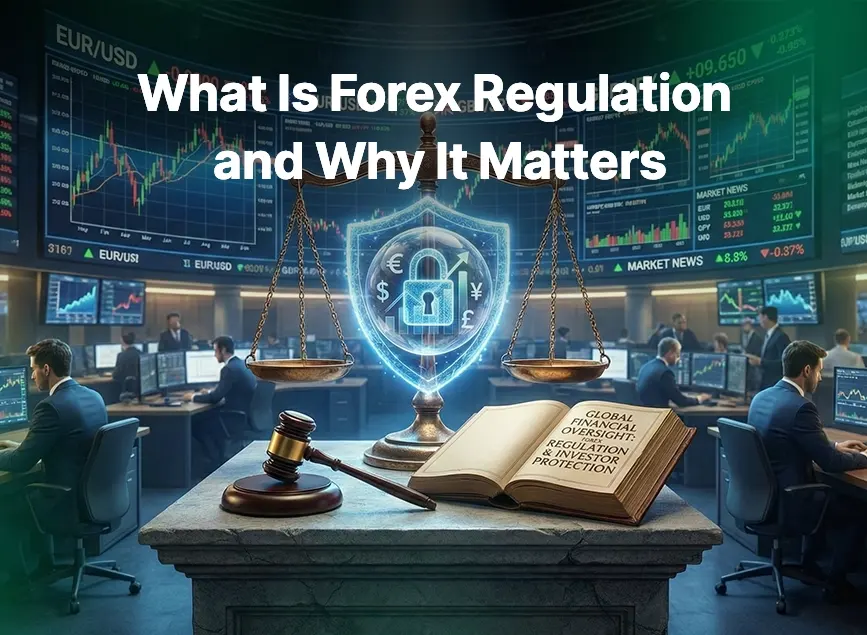
What Is Forex Regulation and Why It Matters
If you’ve been thinking about trading currencies or investing in the forex market, you might have seen words like “regulated,” “license,” or “authority.” They may sound like very boring legal...
Read more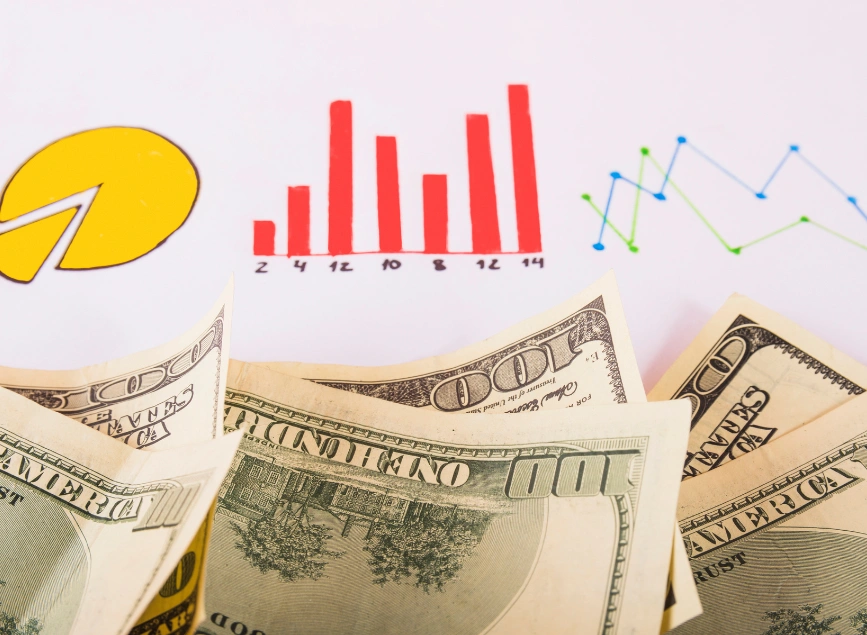
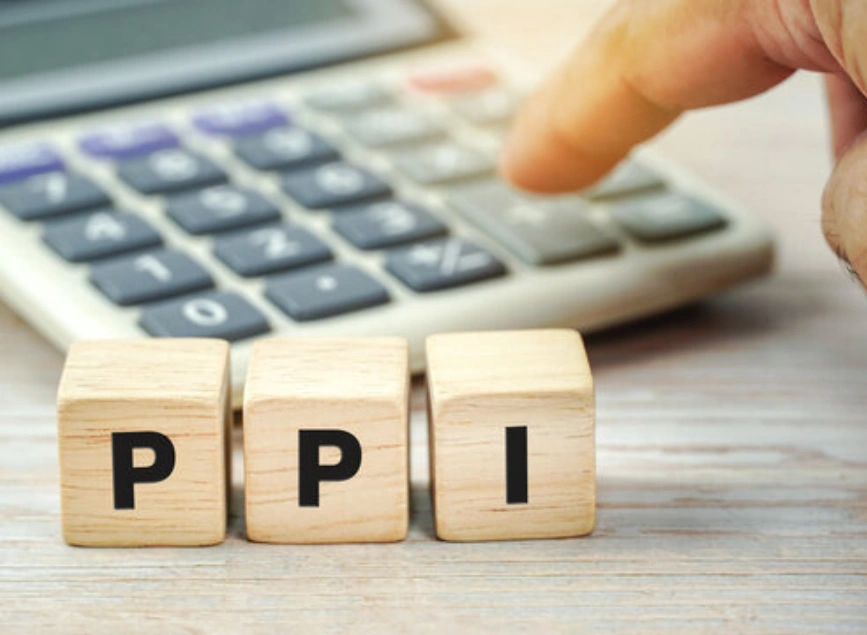

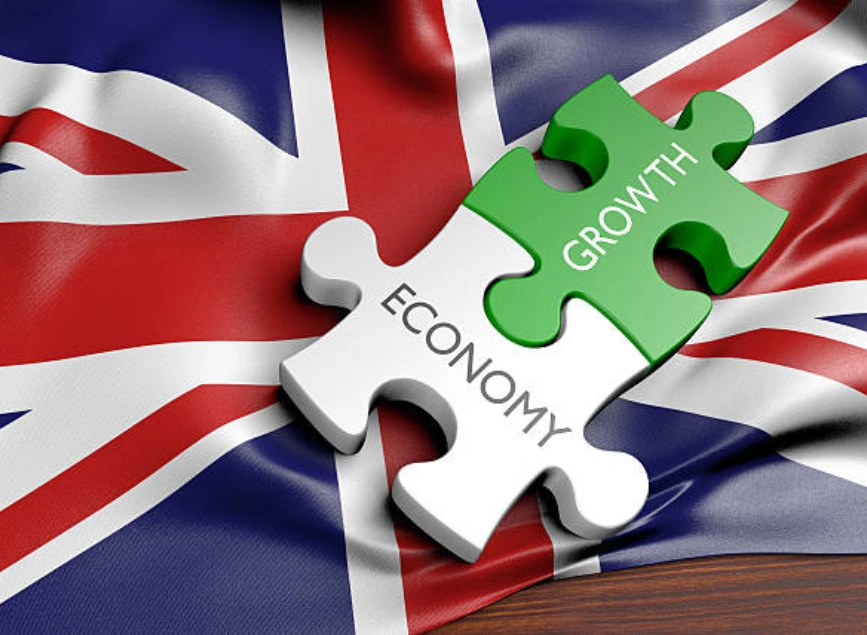
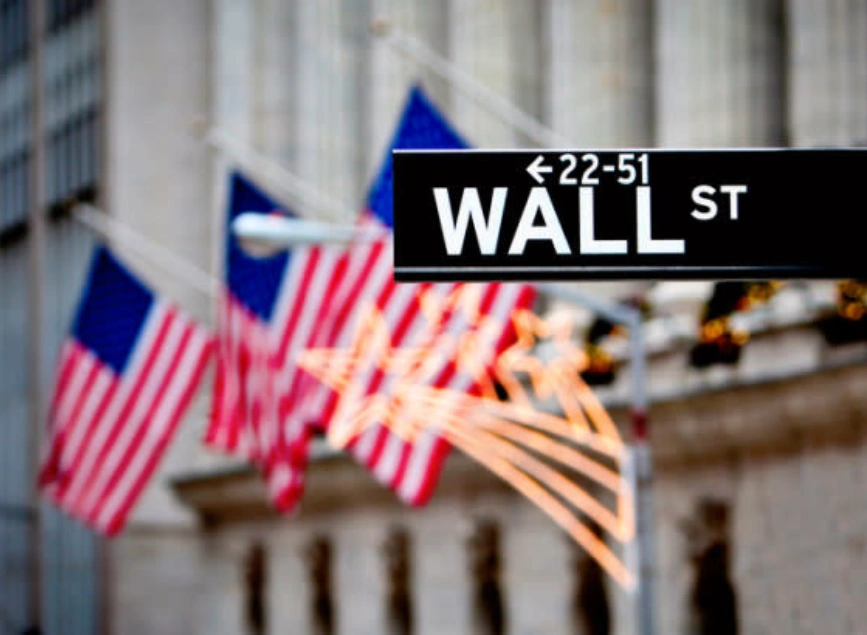
Submit comment
Your email address will not be published. Required fields are marked *